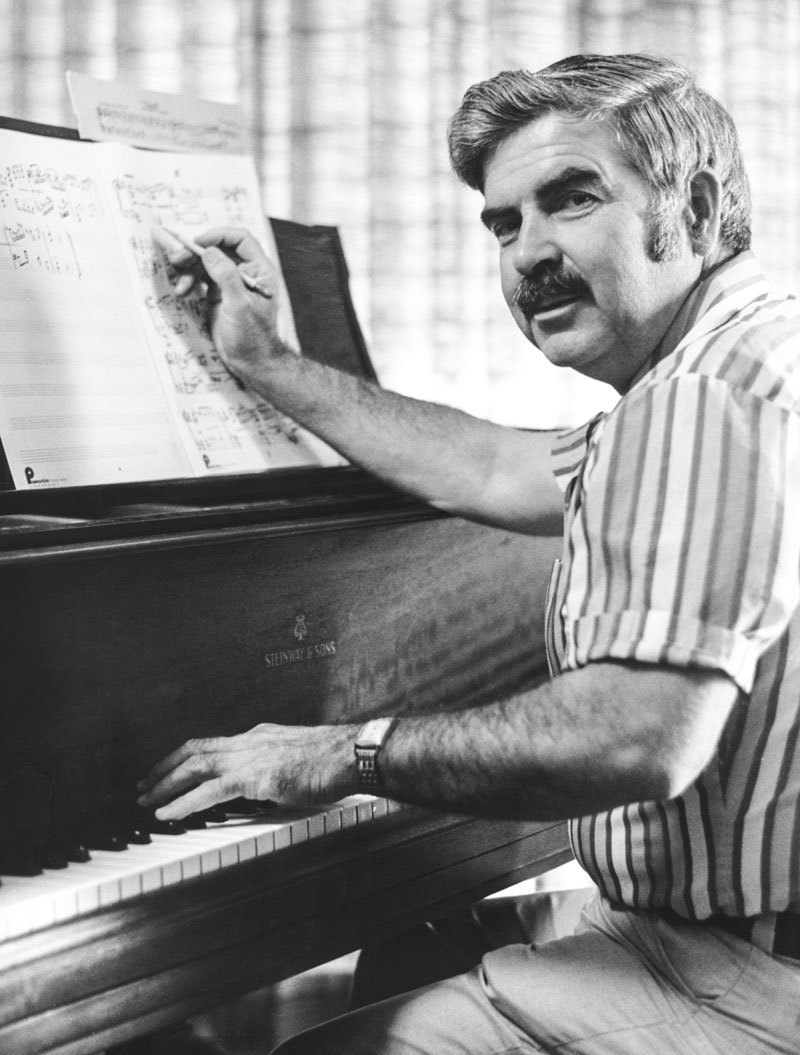
You have no items in your cart

SUMMER SALE
20% discount on all orders until August 31, 2024

On September 3, 2004, a police patrol intercepted a convertible Ford Mustang that was zigzagging out of control.
Richard Lane had just left Cape Cod, where he spent his summers composing, and suffered a stroke while driving back to his home in Paterson, New Jersey. He was urgently taken to Newark University Hospital, but nine days later, he passed away, leaving behind a rich legacy of over 500 unpublished works.
A few months after Lane’s death, Demothenes Dimitrakoulakos, Lane’s former student, at the time stationed in Wiesbaden, Germany with the US Army Band, discovered that he was the legal heir of Lane’s complete musical work. With the first opportunity, he flew to Paterson to take possession of the manuscripts. While visiting Lane’s house, which had been uninhabited for several months, it was evident that the house had been burglarized.
The manuscripts lay in chaos all over the place but were now finally saved from most probable destruction. It was then that Dimitrakoulakos vowed to create a detailed works catalogue, discovering more than 500 works of various difficulty levels and instrumentations, including the piano sonatas, true masterpieces that showcase all the talent and originality of Richard Lane.
In 2006, composer Joseph Turrin, also a former student of Lane’s, coincidently drew the attention of Editions Bim to Richard Lane’s music.
The ambitious project of publishing all these unknown musical treasures was born.
Richard Bamford Lane (1933, Paterson, New Jersey, USA) began learning the piano by himself at the age of seven. From 1945 to 1951 his parents offered him private lessons with renowned pianist Isadore Freeman, who was an active chamber musician with members of the New York Philharmonic. Thanks to him, Lane’s exceptional musical talent quickly blossomed. At eighteen, Lane received a full scholarship (piano and composition) to attend the Eastman School of Music in Rochester (NY), where he completed his academic studies in 1956, graduating with a masters in music. During this time, he composed many works for his friends, peers and professionals.
When the Ford Foundation launched its Young Composers Project in 1959, Lane was one of the 12 young artists selected to breathe new life into the public school music system in different US states with new musical works. Lane’s creativity was strongly stimulating and many beautiful works were born during this period.
At the age of 28, Richard Lane returned permanently to his hometown of Paterson NJ, where he earned his living giving private music lessons and performing as a pianist.
Lane composed tirelessly and dedicated his works to his young and older students, to famous performers, chamber ensembles, choirs, wind bands and orchestras. His catalogue of works grew, although he showed no interest in publishing them. Lane’s music, subtly American, is part of the historical line inherited from the great masters of music for six centuries, to whom he makes delicate allusions here and there.